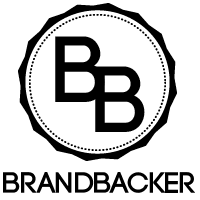Squat stance? Huh? The way you place your feet during a squat (and a deadlift) can totally change the muscles worked.
You are probably most familiar with a standard stance, with your feet about shoulder width apart. This a great stance to take (if you have good form) but by changing the distance between your feet, you can mix up your workout routine even more, that way you make sure to hit all the muscles in your legs. So, what are the three stances I use with my clients? Keep reading to learn!
WANT TO BE NOTIFIED WHEN MORE ARTICLES LIKE THIS LAUNCH? SIGN UP BELOW!
Signup here: Thank you!You have successfully joined our subscriber list.
putting it all together:
So now that you know the different types of squat stances, it's time to put them into practice into your own workout routine.
If you want to take the guess work out of when to incorporate these squat variations, click the button below to check out workout programs that actually help you progress through harder movements over time. After clicking, you'll see why a tried a true workout plan will help you achieve your fitness goals! Pin now and save for later!
2 Comments
Are you new to exercise?
this is a "functional movement"All the exercises I explain in my exercise library are what trainers like to call "functional movements". This means that they require a whole muscle GROUP to be activated, rather than just isolating one muscle. These exercises tend to get your heart rate up more, and they help to burn more fat and build more muscle! I use these functional movements as the primary exercises in my workout plans. If you want a workout plan that is quick, effective and works well at building your curves and confidence, then make sure to check my workout plans out! There's routines for every schedule, and you will never get bored from doing the same thing each week! If you want the workouts PLUS in depth coaching for other areas of your life like confidence, healthy habit creation, goal setting and mindset, make sure to check our my confidence coaching that includes the workout plans along with everything else! here's how you set up your good morning: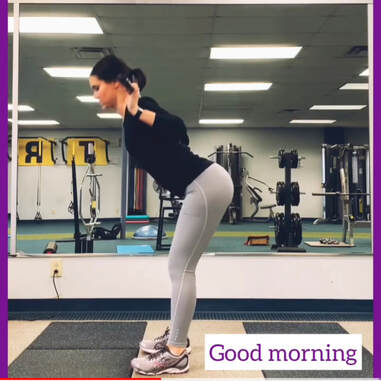 First, if you have never performed this exercise before, take a second to watch the video above. When it comes time to do it for the first time, PLEASE try it without any weight. Alright, here we go! What I would like you to do is stand with your heels towards a wall, about a foot away from it. With your hands folded on your chest, hinge your hips back in space and try to touch the wall with your butt. It's farther back than you think right? This hinging movement is the basis of the good morning. Did you keep a gentle bend in your knees? If so, awesome! Proceed on to the next step. If you didn't, try to touch the wall without bending your knees a ton and without locking your knees. You should feel your weight mostly in your heels rather than the front of your feet. Try to perform this exercise in front of a mirror to help check your form. Ideally, you would be able to see something written on the front of your shirt in the mirror as you go up and down. You do this by keeping your chest up, your shoulders back, and your butt sticking out. By activating and tightening all those muscles, the entire back side of your body gets strengthened. How low can you get your torso? Depending on your flexibility, you might be able to get it parallel to the ground. If you can, that's great! If not, that's ok too, the flexibility will come with time. Also, I would much rather you perform a shallower good morning than one that requires you to drop your chest in order to get lower. Once you get the hang of the hinging movement and can perform that for at least 15 reps, it's time to add some weight! Just like in a squat, you want the bar to sit on the meaty part of your upper back - your traps. Holding the bar there will require strength in your shoulders and a pretty good range of motion, so take your time and go slow. Adding the weight also changes your center of gravity compared to performing the exercise without weight, so make sure to build up slowly, if you can find a small bar, that's best to start with! Try a few reps and see how it goes, if the weight feels stable on your shoulders, keep going! Expect to feel soreness from this exercise all the way from your upper back down into your glutes, and even down into your hamstrings. It really is an awesome exercise, so try it out with your next workout, or use one of my already curated plans! Are you new to exercise?
pushups are a "functional movement"All the exercises I explain in my exercise library are what trainers like to call "functional movements". This means that they require a whole muscle GROUP to be activated, rather than just isolating one muscle. These exercises tend to get your heart rate up more, and they help to burn more fat and build more muscle! I use these functional movements as the primary exercises in my workout plans. If you want a workout plan that is quick, effective and works well at building your curves and confidence, then make sure to check my workout plans out! There's routines for every schedule, and you will never get bored from doing the same thing each week! If you want the workouts PLUS in depth coaching for other areas of your life like confidence, healthy habit creation, goal setting and mindset, make sure to check our my confidence coaching that includes the workout plans along with everything else! yeah, pushups are hard.Yup, they're hard. Not denying that at all. BUT, pushups are a critical part of building strength when done correctly. Watch this video first, then read on for a detailed explanation. So... what's going on here? First, any pushup should start out in a proper plank. (read more about setting up a proper plank HERE). Think about it, a pushup is really just a moving plank. The goal is to keep your body nice and tight throughout the whole movement, with only your arms and shoulders moving. To do this, start with your hands directly under your shoulders. If you are performing your pushup from your knees, that same rule still applies. Think about it this way, the more centered your hands are under your shoulders, the better they will be able to push your body away from them. If you are performing your pushup from a bench or the wall, again keep your hands as directly under your shoulders as possible. See how my elbows stay close to my sides? Ideally, your arms should be at a 30 degree angle to your body. This means that your elbows are NOT splayed out to the sides and that your fingertips are NOT pointing towards each other. Your hands can turn in slightly, but just enough to mimic the 30 degree angle that your arms make. At first, this might seem like your arms are way too close to you, but I promise this will save your shoulders in the long run! Learn how to do them well NOW, before you engrain bad habits. The other thing to remember is that your hips should not fall down and they should not fly high. Keep them in the same position you started your plank in. If you notice your hips shifting up or down, it's time to stop, you're done with your reps. At this point you can either take a break and try another set, or you can try an easier variation of a pushup. my biggest piece of advice:
weights are heavy... and expensive...
You've probably seen all the other pins on Pinterest talking about building a home gym with "no weights", "minimal equipment", etc... But what if you LIKE using the big stuff? This is the exact issue I had. Weights are fun, but because they are heavy they are also pricey. I started out with all the "typical", "cheap" things that you see on those Pinterest lists like a mat, stability ball, mini bands, etc. But I knew deep down that I NEEDED more.
The list below shows the exact order I purchased things and the prices I paid!
1. DUMBBELLS:
Dumbbells were priority number one for me, and they were one of the most intimidating purchases too because of the expense and because there's just so many types! To not clutter our basement, I decided to find a set of adjustable dumbbells. To not break the bank, I also decided to buy these dumbbells USED because really, a weight is a weight. It doesn't matter if it's scuffed, rusty etc, all it's doing is weighing you down. On average, you will pay AT LEAST a dollar a pound for the most basic dumbbells (new), but when buying them used, I was able to get about 200 lbs of weight for only $100. I found this deal by scouring Craigslist (Facebook marketplace didn't exist back then) until I finally found a used set of dumbbells really similar to these. Once I brought those home, I thought I would be set for awhile, until I decided to bench press with them. 2. BENCH At first, I thought I could get away with benching on my stability ball, but there was just no way for me to keep my neck in a comfortable position for that long. So... next on my list was a flat weight bench. I am pretty sure I tried to find a bench like this on Craigslist, but when I couldn't find anything used, I went to Amazon. I still have this bench today and it works great, but every so often I do need to retighten the bolts. 3. BARBELL (#1) I love barbells. Working with them makes you feel like a bad ass, and they are just so convenient when you want to pick up heavy stuff like I was used to doing. My college gym had beautiful Olympic bars, plates and racks and I had no idea that there was any other type. I looked up these Olympic barbells (2" diameter on the ends) online and was shocked by their price. So, I then discovered standard bars and plates (1" diameter on the ends). These bars would be a perfect fit for the weight plates that I already had from my adjustable dumbbells, so I decided to buy a bar for deadlifting. The bar I chose was the cheapest I could find and also the shortest (in order to save space). 4. SQUAT RACK So I could bench, I could deadlift, I could do any accessory work I wanted with dumbbells, but I couldn't really squat like I wanted to. Sure I could put dumbbells up on my shoulders, do goblet squats, or overhead press the bar up on my shoulders, but my shoulders then limited how much weight I could use. This dilemma really got to me (to the point where I just couldn't take it anymore) about 3 months after buying my dumbbells and so my quest started for a rack. This was definitely going to be my biggest purchase, so I made sure to do my research. I didn't need anything fancy, but I wanted something that would keep me SAFE. To me, that meant a power rack (four corners that "box" you in) rather than just a squat rack (only two supports for the barbell). At the time I purchased my rack, it was NOT available on Amazon, but here it is now, even with free shipping (which I didn't get 5 years ago). This specific power rack from Titan Fitness was easy to assemble and HEAVY, a great safety feature. It has a pull up bar, safeties, and was easy to assemble for my husband and I. I have even taken this rack apart and moved it to a new basement, and we had no issues at all! This was definitely the biggest purchase, but it was also the most useful and paid for itself easily. Right now you can get it for $335, so let's do the math. At the time I am writing this article, Goole says that the average cost for a gym membership is $58 per month. $335 / $58 = 5.77 months. Say what? You can make up the cost of that squat rack in 6 months??? Even if you live somewhere that a gym membership is HALF that, you could still make up the cost of the squat rack in a year. And who knows, maybe you can even find a used power rack near you for cheaper! 5. BARBELL (#2) Remember how I bought a short barbell in step 3 to save space? This decision bit me in the butt really... Please keep in mind that you need a 7' barbell (not 6') in order to make it span the width of a squat or power rack. This is the exact reason I now have two barbells (this is the 7' bar I bought). One stays on the floor for deadlifts, and one stays in my power rack for benching and squatting.
LIKE WHAT YOU'RE READING? SIGN UP FOR MORE!
Signup here: Thank you!You have successfully joined our subscriber list.
6. PULL-UP BANDS
Without an assisted pull up machine, how was I supposed to work up to a full pull up? Bands. Simple as that! Again, I did my research on these bands and based off my bodyweight (around 140 lbs) and ability, I decided on a green, purple and red band. These are way cheaper than an assisted pull up machine right??? 7. SUSPENSION TRAINER Notice how I didn't say TRX here? That's because I was NOT going to pay the price for a name brand system. Although the exact brand I have is not available on Amazon anymore, there's lots of great options that my clients have found, like this one specifically (same price as what I paid for mine, and way cheaper than a $200 TRX!) 8. BOSU BALL At this point in my fitness journey, I knew I was lacking in the area of stability (because I was going through my personal training certification)... Once I learned what a bosu ball is and learned how they can change almost any exercise and turn it into something totally new, I was sold! It is now one of my favorite pieces, even more used than my stability ball! total damage:
Total damage (over the span of 9 months or so) = $1,200
Let's go back to that calculation from before. If Google says that the average gym membership is $58 a month... $1,200 / $58 = 20.7 months to make up your cost. That's under two years! I bet that you have been lifting in a gym for at least 6 months if you're reading this, so you're a quarter of the way there! Wouldn't your money be spent in a better place (like your own home) rather than a gym? what's next?
Now I am not going to lie and say that I do not want anything else for my home gym... In fact, I have upgraded my dumbbells (but I still bought them used through Facebook marketplace!), and I do dream of buying Olympic barbells and plates... But until that day comes, I am perfectly happy with the home gym I created because it has given me all the tools I need to progress in my fitness journey!
Do you have any specific things you love in your home gym? Leave me a comment and let me know! Pin now and come back later!Are you new to exercise?
1. bent knees
2. kickstand
3. "regular" side plank
4. star
yes, you CAN use all these variations, no matter your skill level!Even though I can do the hardest variation of side plank (not for long though...), that does NOT mean that it is the only variation I perform! The way I determine which variation I use is by figuring out how long I want to hold side plank. Do I want to hold it for 2 min? 1 min? Only 30 sec? Basically, the longer I want to hold plank, the easier variation I use and vise versa. You can read more about that theory here and you apply the theory by using these workout cycles to build your strength each week!
Seriously, deadlifts are my absolute favorite thing to teach women how to do. I love seeing the “lightbulb” moment when they learn how to shift their hips back in space and pick up whatever weight (or object) is sitting on the ground in front of them.
how I coach deadlifts
something to note:
The video below demonstrates ONE type of deadlift VARIATION. There are many types and those specific videos/posts are on my list to discuss! For today though, we will work on a "Romanian" or "straight leg" deadlift, the kind that is most easily performed (due to flexibility restrictions).
Once you've done your "hip hinge" experiment from above, it's time to play with flexibility. As you see in the video, my back stays straight and my butt stays out the ENTIRE time the bar is traveling up and down. This means that I let the bar go down only as far as I can while maintaining that good form. This means that when you perform a deadlift, as SOON AS you reach a point that causes your back to curl or your shoulders to round forward, it's time to stop! The point that you just reached is how far down you should go. Let me reiterate: I would much rather you do a "shallower" deadlift and build up flexibility over time rather than compensate your form just to get closer to the ground. finally:
Once you've mastered the hip hinge and keeping your back straight, it's time to add some weight! Start off with dumbbells and slowly progress up. The key with a Romanian deadlift is to test your flexibility with each rep... Each stretch you feel is the stuff that will give you "leg day soreness" the day after!
a windmill is a "functional movement"
All the exercises I explain in my exercise library are what trainers like to call "functional movements". This means that they require a whole muscle GROUP to be activated, rather than just isolating one muscle. These exercises tend to get your heart rate up more, and they help to burn more fat and build more muscle!
I use these functional movements as the primary exercises in my workout plans. If you want a workout plan that is quick, effective and works well at building your curves and confidence, then make sure to check my workout plans out! There's routines for every schedule, and you will never get bored from doing the same thing each week! If you want the workouts PLUS in depth coaching for other areas of your life like confidence, healthy habit creation, goal setting and mindset, make sure to check our my confidence coaching that includes the workout plans along with everything else!
WANT TO BE NOTIFIED WHEN I POST MORE ARTICLES LIKE THIS? ENTER YOUR EMAIL BELOW!
If you're a bit lost on how to incorporate this and any other exercises into your workout routine, make sure to check out my workout cycles and travel workouts, they take the guess work out of it!
intro:
Today we are talking about one of my absolute favorite movements, the single leg deadlift! I have heard this move referred to as the "instant butt lift" and that is NO lie.
This movement helps you gain balance, flexibility, glute strength and coordination, all at once! So how do we do it? If you are brand new to the exercise, or need a refresher, start with NO weight. This is a hard move, so master it without weight before moving on. a single leg deadlift is a "functional movement"
All the exercises I explain in my exercise library are what trainers like to call "functional movements". This means that they require a whole muscle GROUP to be activated, rather than just isolating one muscle. These exercises tend to get your heart rate up more, and they help to burn more fat and build more muscle!
I use these functional movements as the primary exercises in my workout plans. If you want a workout plan that is quick, effective and works well at building your curves and confidence, then make sure to check my workout plans out! There's routines for every schedule, and you will never get bored from doing the same thing each week! If you want the workouts PLUS in depth coaching for other areas of your life like confidence, healthy habit creation, goal setting and mindset, make sure to check our my confidence coaching that includes the workout plans along with everything else! step by step:
LIKE THESE EXERCISE DESCRIPTIONS? SIGN UP BELOW TO BE NOTIFIED WHEN I POST MORE!
Signup here: Thank you!You have successfully joined our subscriber list. variations:
conclusion and how to learn more:
Single leg deadlifts are one of the best ways to challenge yourself and build amazing glute activation, strength and size. Sign up below to get even more FREE tips like this delivered straight to your inbox so you don't miss out.
|
AuthorMy name is Laura and I help overly tired 20something women overhaul their lives, energy and confidence without overwhelm. Categories
All
DISCLAIMER:
Although I am a Certified Personal Trainer through the National Academy of Sports Medicine and write to the best of my knowledge on fitness, nutrition and lifestyle practices, I cannot be made liable to know all information on a particular subject. Knowledge gained through this blog is to be used at your own risk and all lifestyle changes should be discussed with a doctor before starting. I am also a participant in the Amazon Services LLC Associates Program, an affiliate advertising program designed to provide a means for sites to earn advertising fees by advertising and linking to Amazon.com. I do receive a small reimbursement for sales made through the links provided on my blog. |
Proudly powered by Weebly

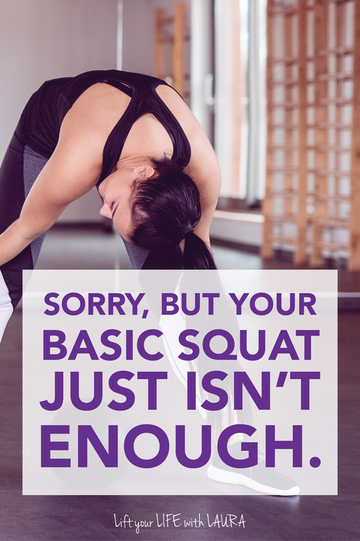
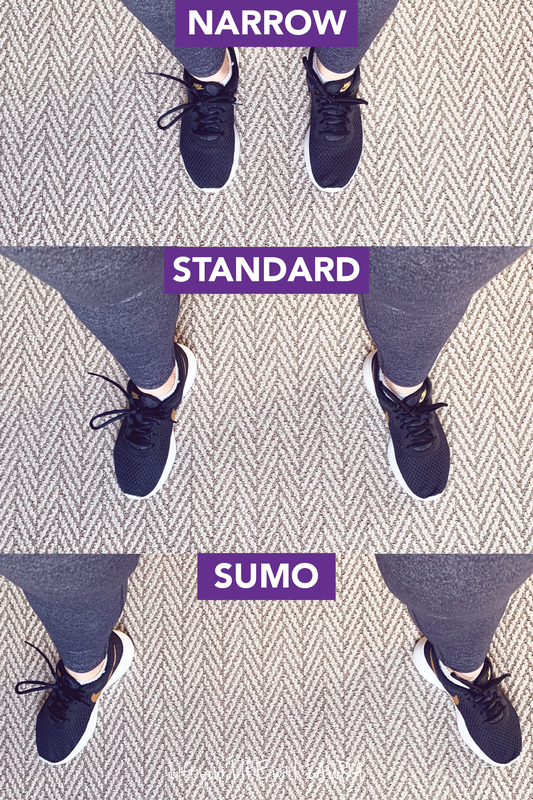
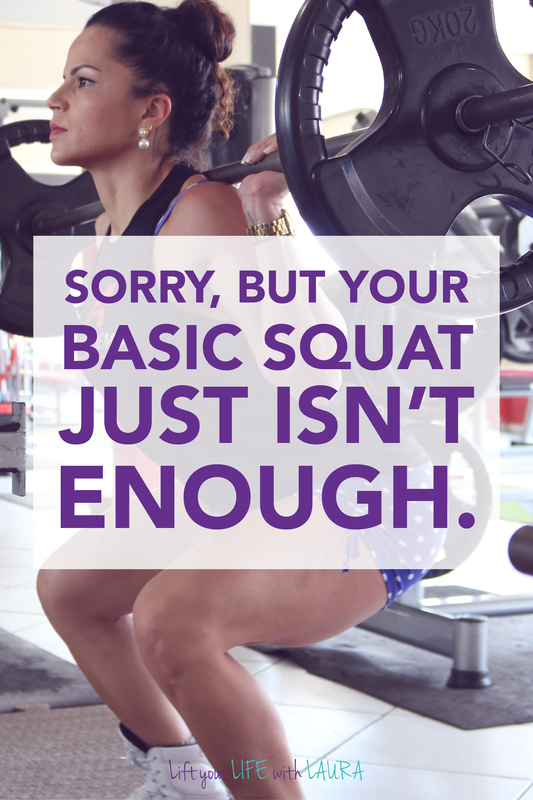
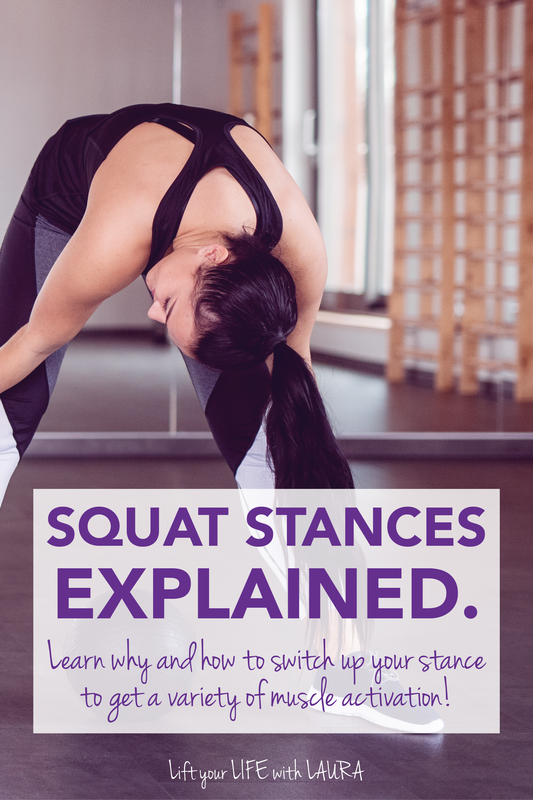
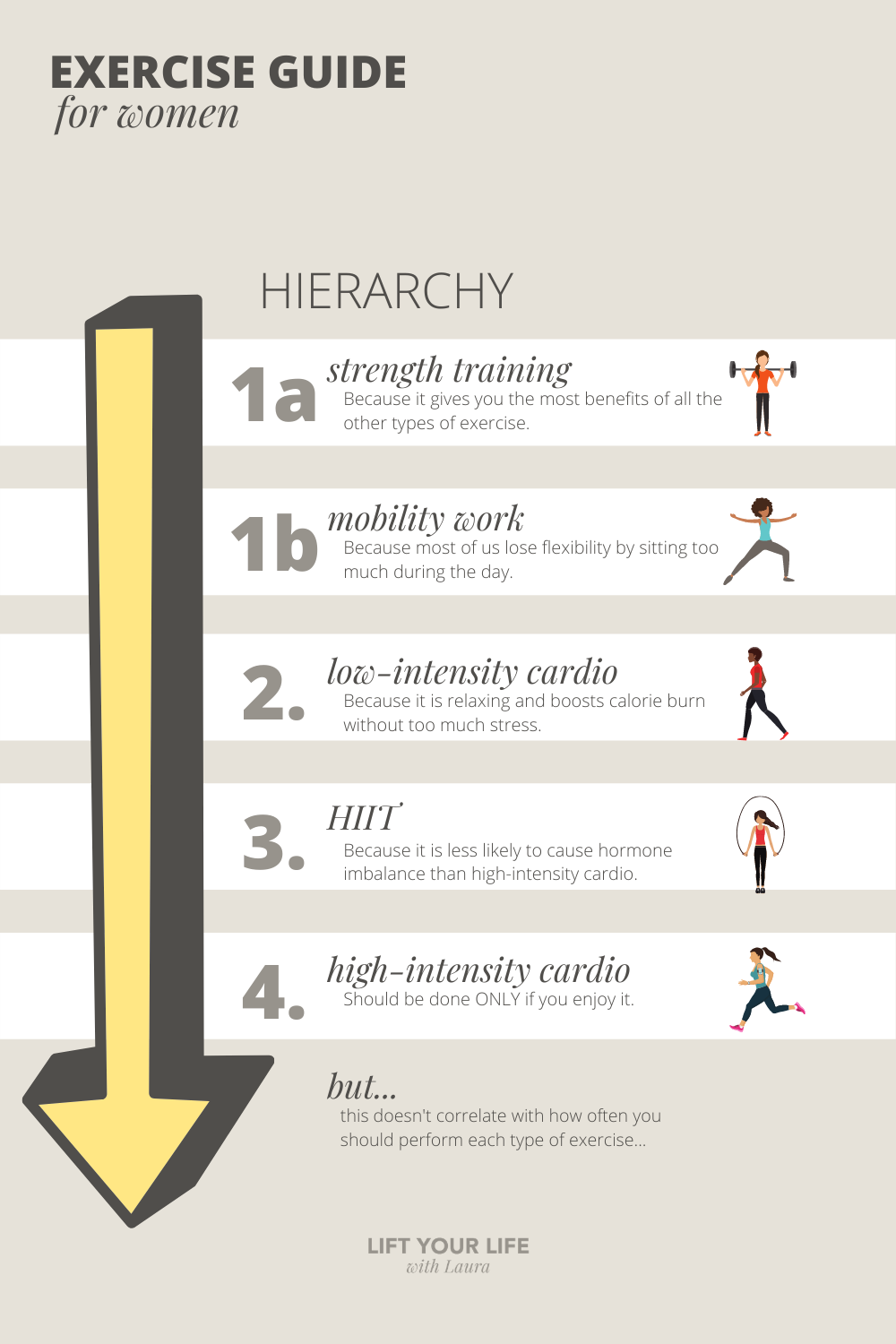
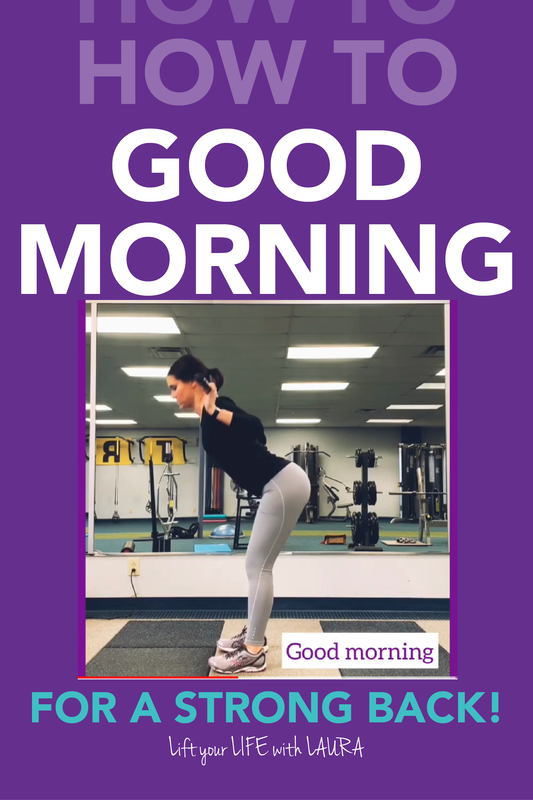
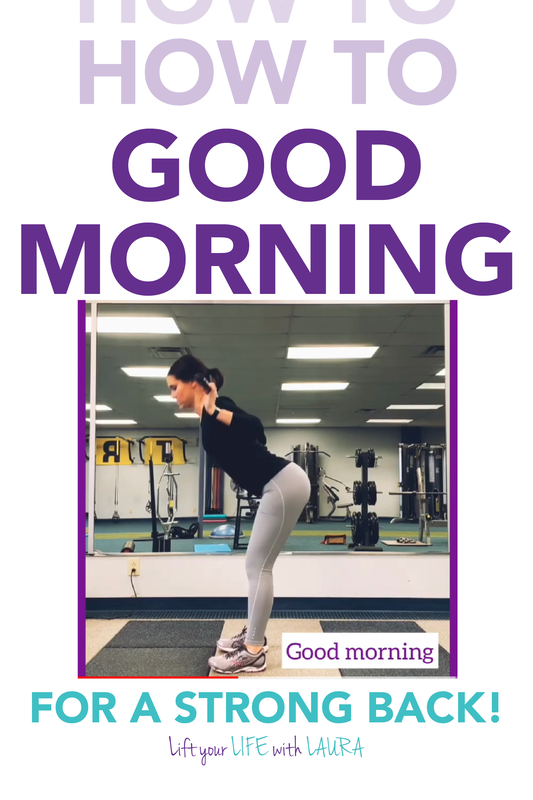
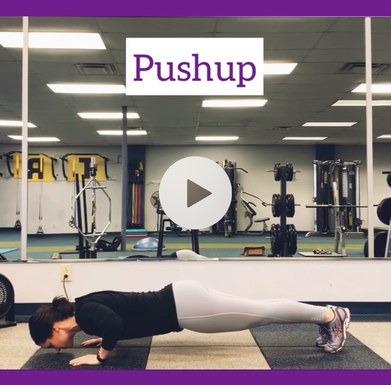
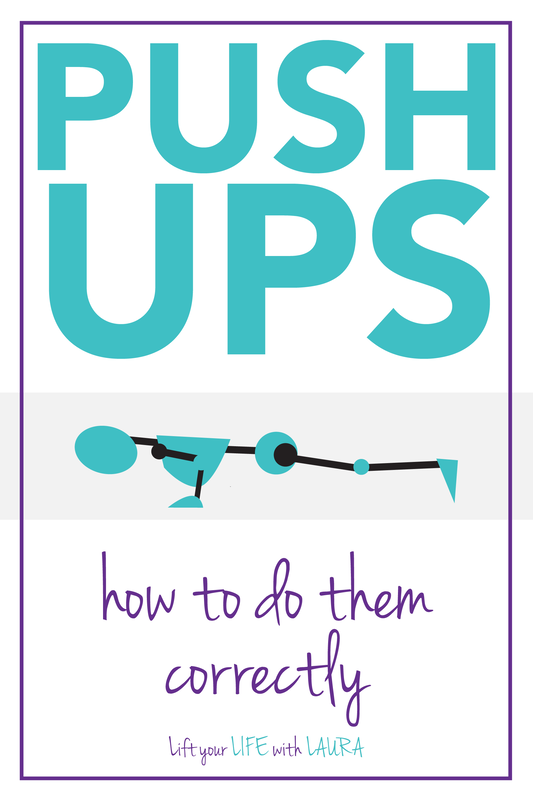
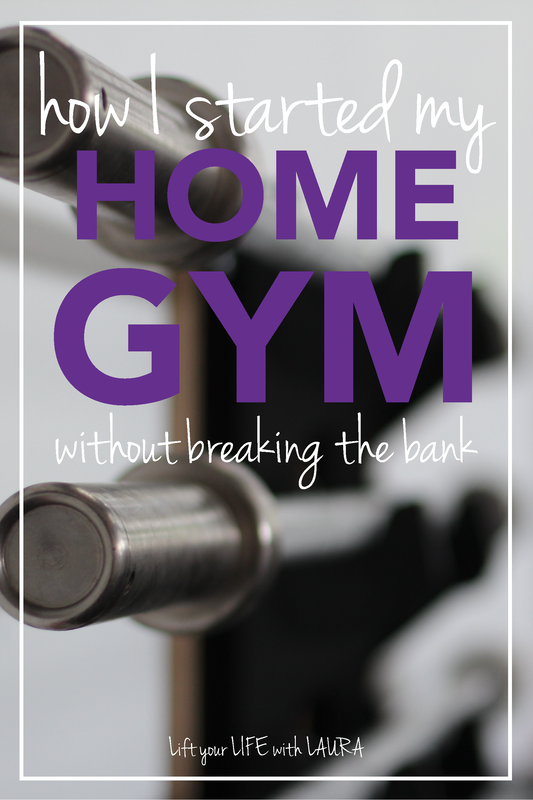
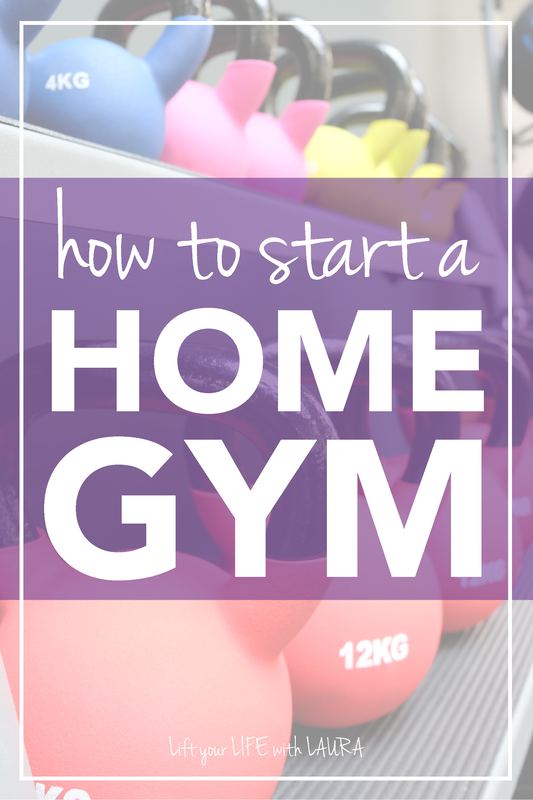
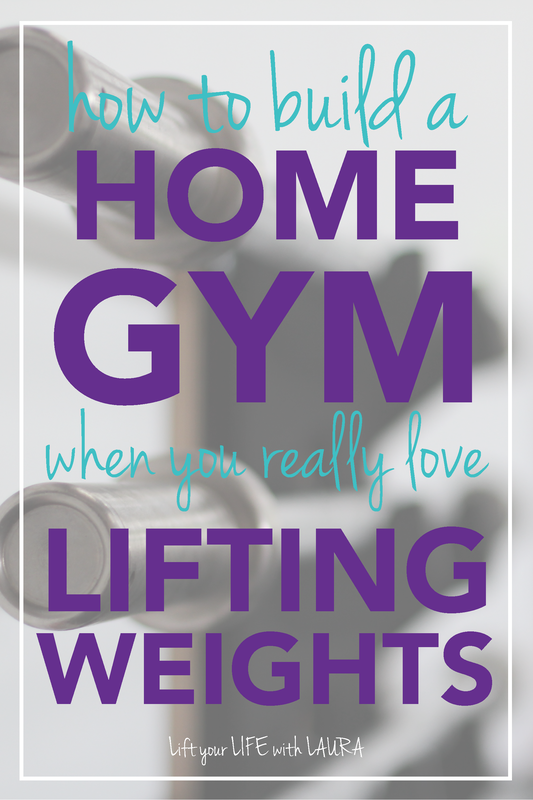
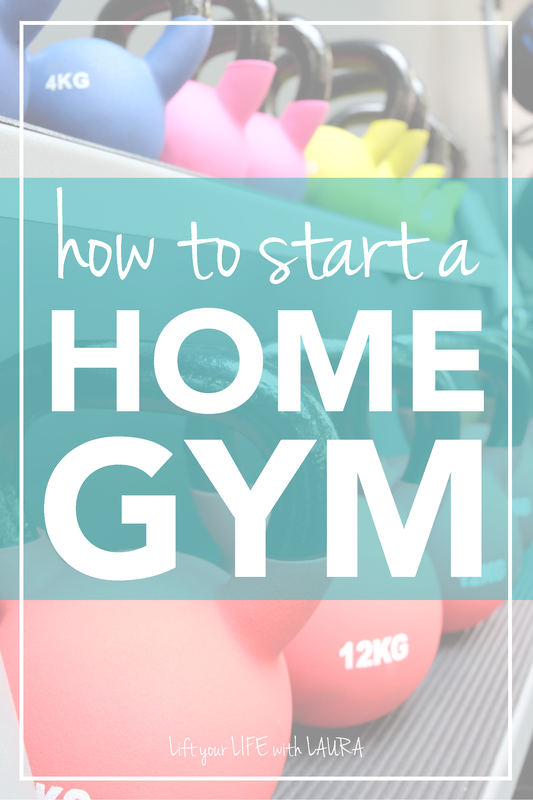
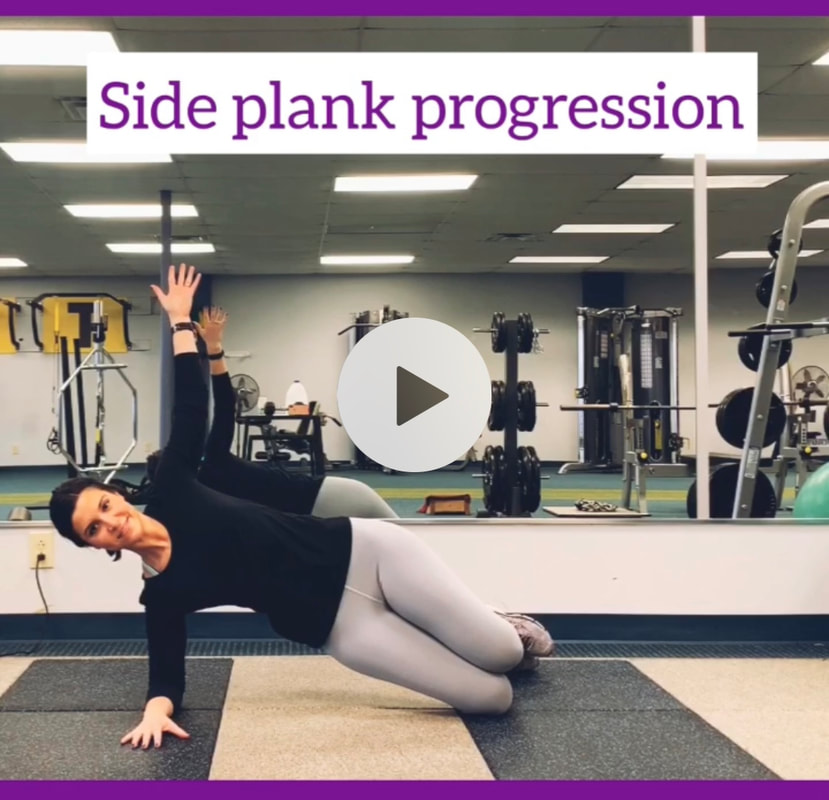
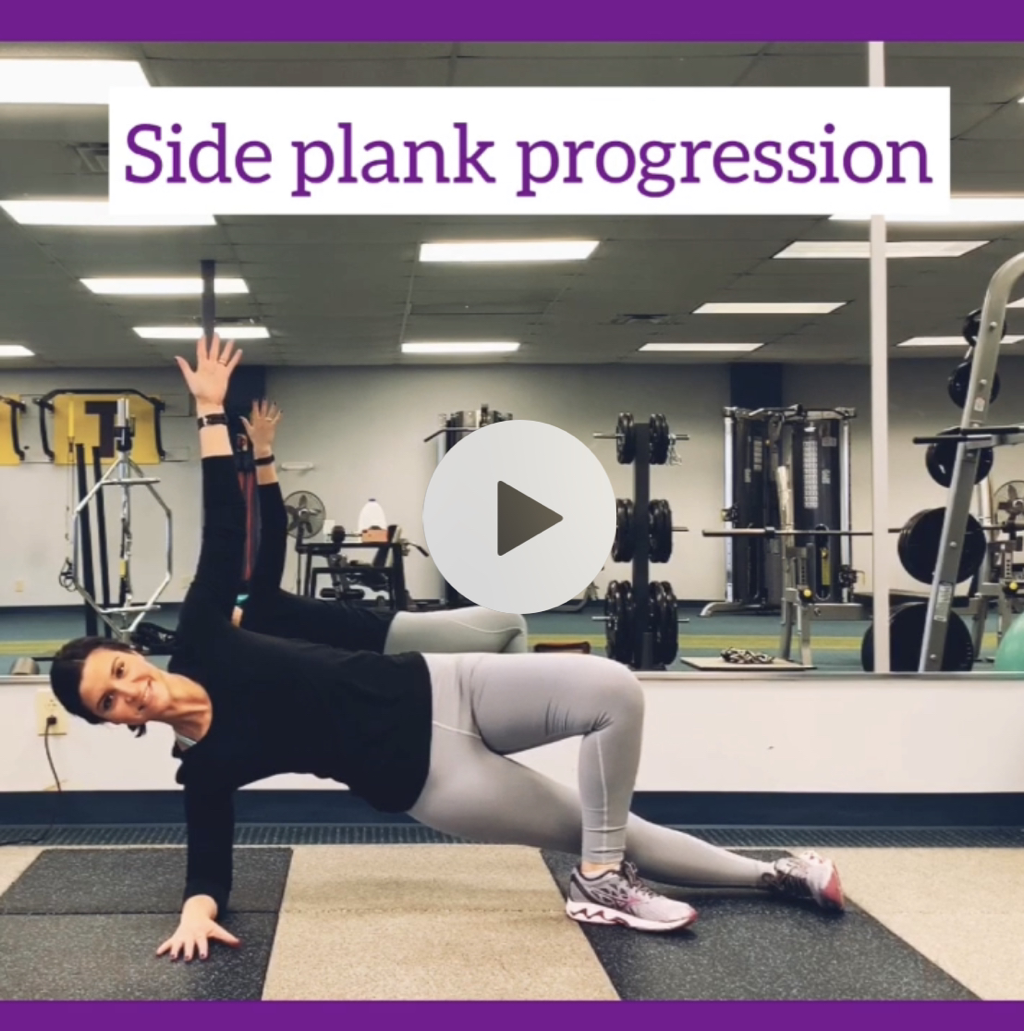
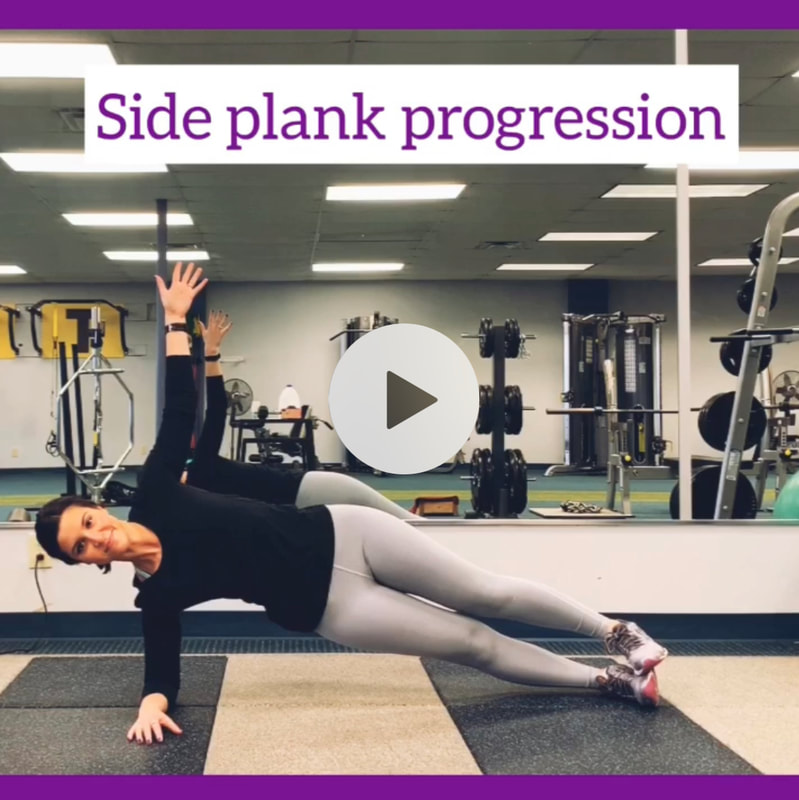
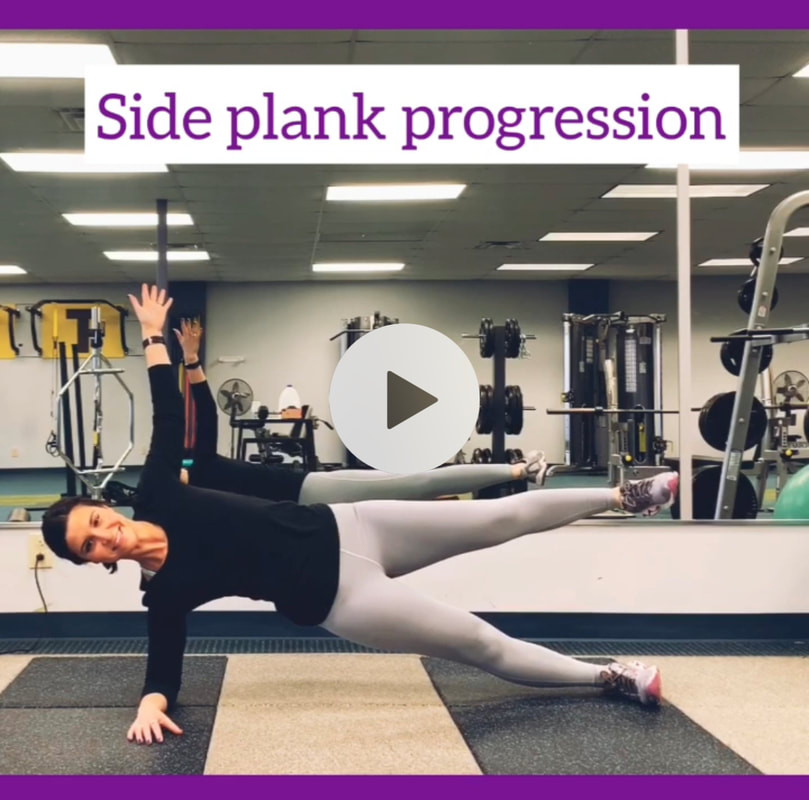
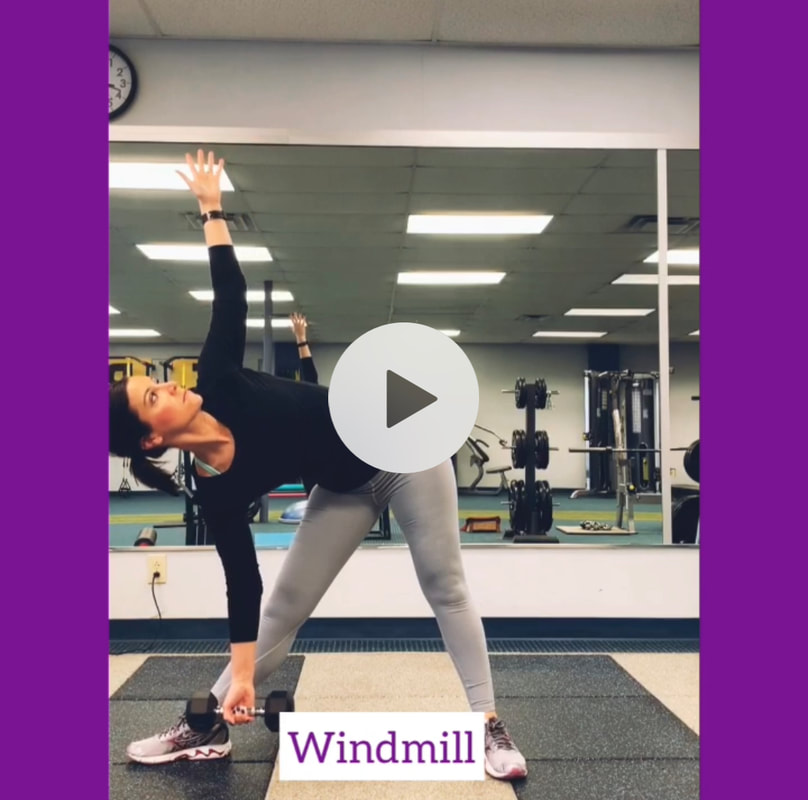
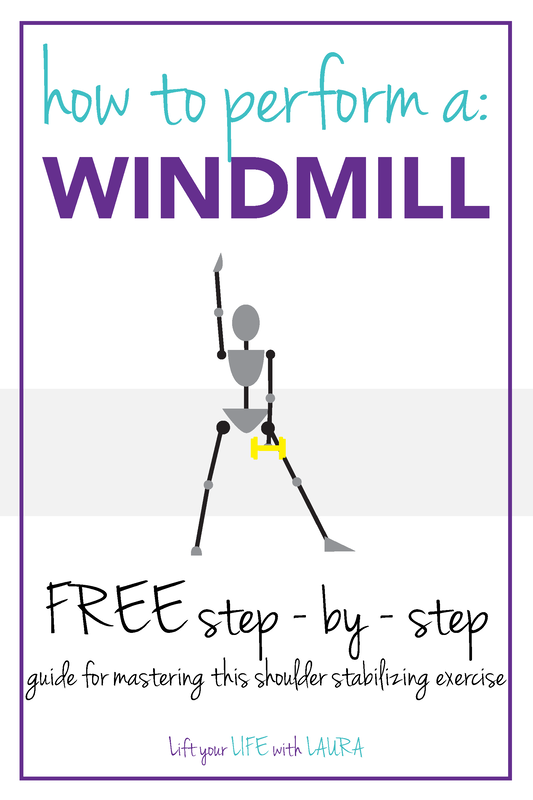
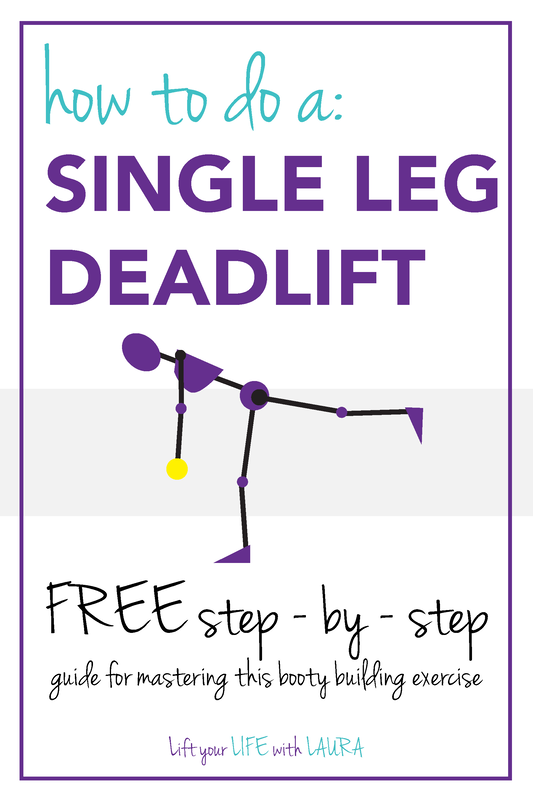
 RSS Feed
RSS Feed
